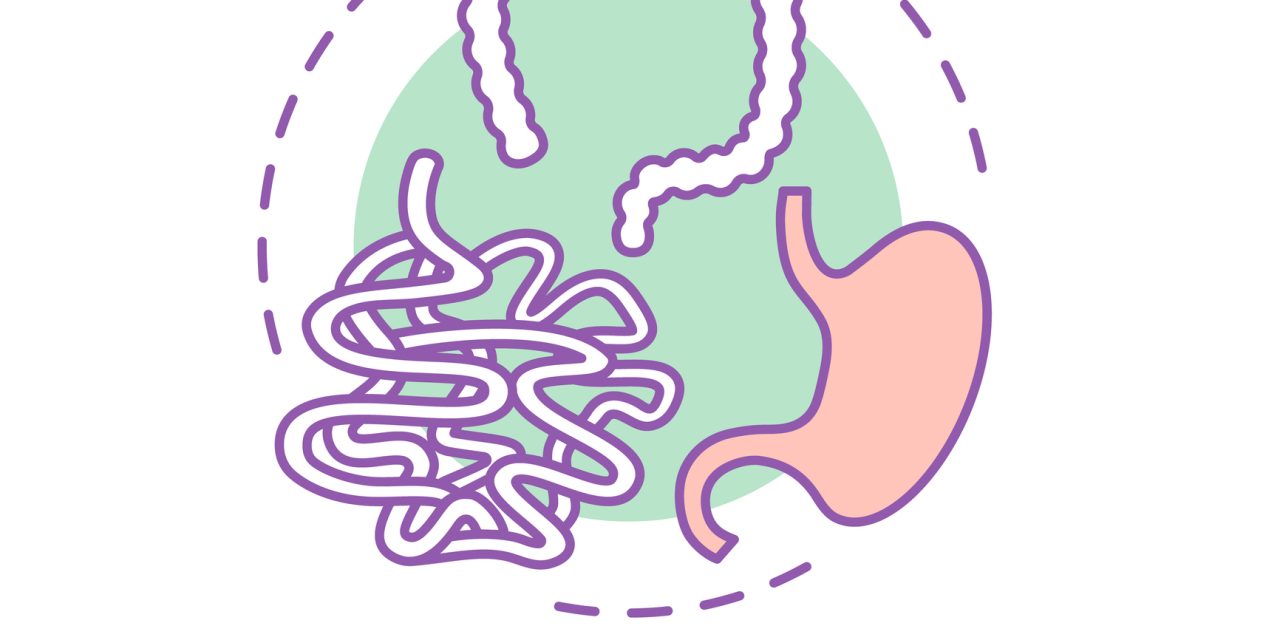We aimed to identify differences in network properties of white matter microstructure between asymptomatic ulcerative colitis (UC) participants who had a history of chronic gut inflammation, healthy controls (HCs) and a disease control group without gut inflammation (irritable bowel syndrome; IBS).
Diffusion weighted imaging was conducted in age and sex-matched participants with UC, IBS, and HCs (N = 74 each), together with measures of gastrointestinal and psychological symptom severity. Using streamline connectivity matrices and graph theory, we aimed to quantify group differences in brain network connectivity. Regions showing group connectivity differences were correlated with measures showing group behavioral and clinical differences.
UC participants exhibited greater centrality in regions of the somatosensory network and default mode network, but lower centrality in the posterior insula and globus pallidus compared to HCs (q < 0.05). Hub analyses revealed compromised hubness of the pallidus in UC and IBS compared to HCs which was replaced by increased hubness of the postcentral sulcus. Surprisingly, few differences in network matrices between UC and IBS were identified. In UC, centrality measures in the secondary somatosensory cortex were associated with depression (q < 0.03), symptom related anxiety (q < 0.04), trait anxiety (q < 0.03), and symptom duration (q < 0.05).
A history of UC is associated with neuroplastic changes in several brain networks, which are associated with symptoms of depression, trait and symptom-related anxiety, as well as symptom duration. When viewed together with the results from IBS subjects, these findings suggest that chronic gut inflammation as well as abdominal pain have a lasting impact on brain network organization, which may play a role in symptoms reported by UC patients, even when gut inflammation has subsided.
Copyright © 2021 The Authors. Published by Elsevier Inc. All rights reserved.
Altered brain structural connectivity in patients with longstanding gut inflammation is correlated with psychological symptoms and disease duration.


